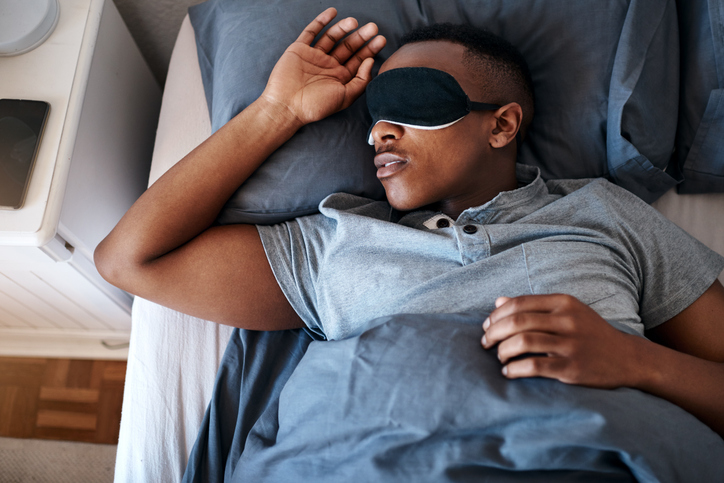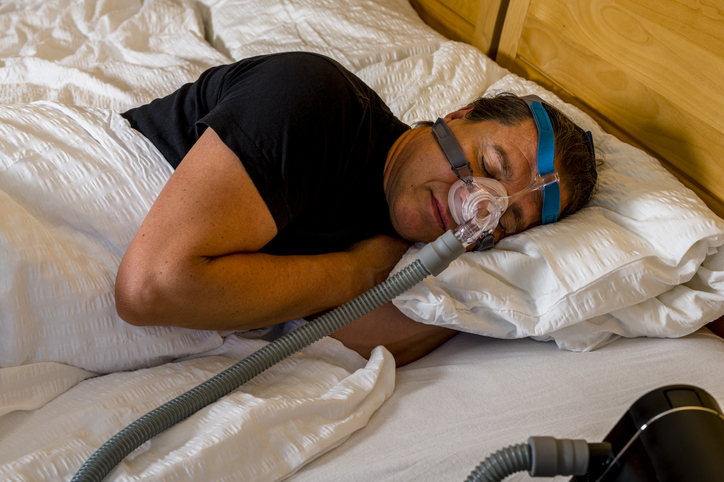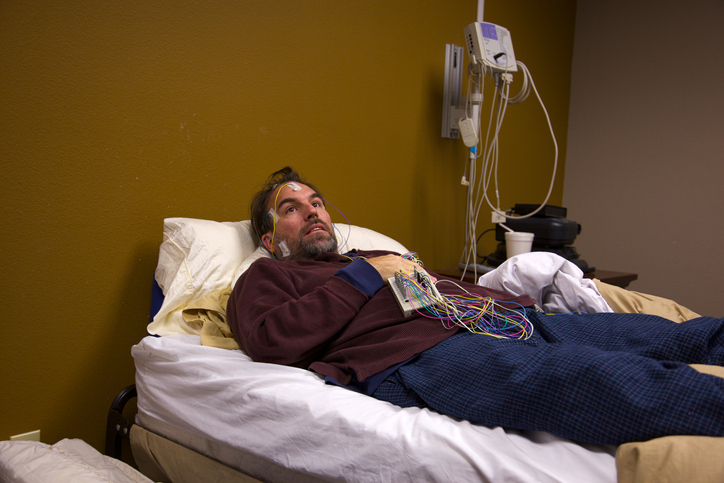Living with Chronic Pain
The States and Stages of Sleep

Sleep consists of two different states: rapid eye movement (REM) sleep and non-rapid eye movement (NREM) sleep. Within NREM sleep, there are four different stages. The mind and body cycle through these states and stages throughout the night.
NREM sleep
Non-rapid eye movement is the first state of sleep that occurs immediately after falling asleep. NREM consists of four stages. Each stage typically lasts five to 15 minutes.
- Stage 1 is a light NREM sleep. The eyes are closed, but an individual in this stage of sleep can be easily awakened. Twitching may occur as the body transitions to stage 2.
- Stage 2 is the second stage of light sleep. During this stage, breathing slows down, heart rate and body temperature decrease, and the muscles relax. This prepares the body and brain to enter deep sleep in stages 3 and 4.
- Stage 3 is the first deep-sleep stage. During deep sleep, breathing, heart rate, and body temperature reach their lowest levels. The muscles are extremely relaxed. A person in deep sleep is more difficult to wake up. If an individual does wake up, they may feel disoriented. Deep sleep is also known as slow-wave or delta sleep.
- Stage 4 is the deepest sleep stage. It is also known as the healing stage. During this stage, the body strengthens the immune system, builds bone and muscle, and repairs tissues. Deep sleep is also when memories are consolidated and learning and emotions are processed.
After stage 4, cycling between stage 3 and stage 2 occurs until REM sleep is achieved.
REM sleep
Rapid eye movement (REM) sleep gets its name from the quick movement of the eyes (behind closed eyelids) that occur during this state of sleep. The first period of REM sleep is reached about 90 minutes after falling asleep and lasts for approximately 10 minutes. During this state, heart rate and blood pressure increase and breathing quickens. REM sleep is the state in which dreams are most likely to occur due to heightened brain activity. The arms and legs become immobile or temporarily paralyzed.
After each REM state, the body cycles back to an NREM state. As the cycle repeats, each period of REM sleep is longer than the prior period. The last period of REM sleep may last for approximately an hour.
The amount of time spent in each state and stage of sleep varies and can change over time. Teens and individuals under age 30 tend to spend the most time in deep-sleep stages.


















